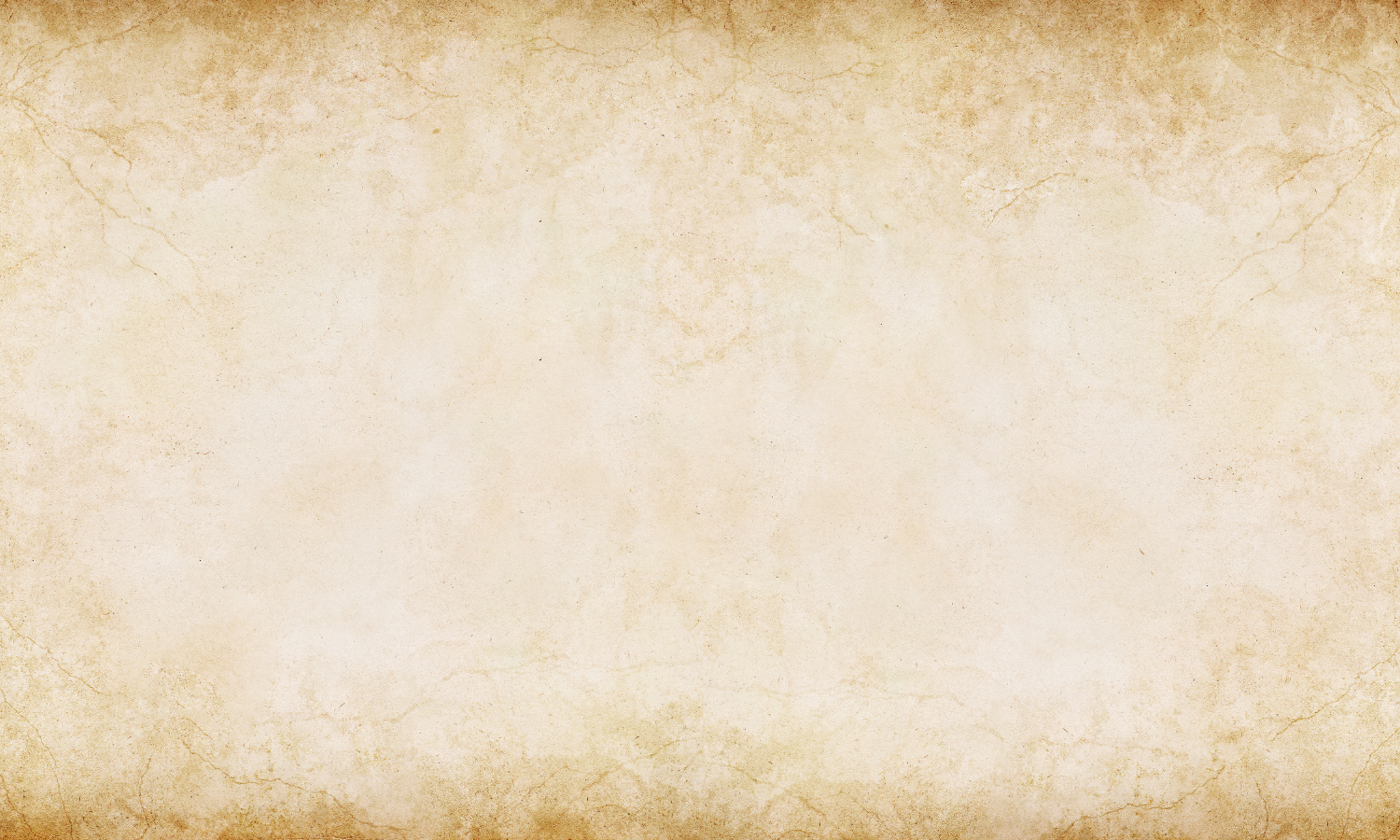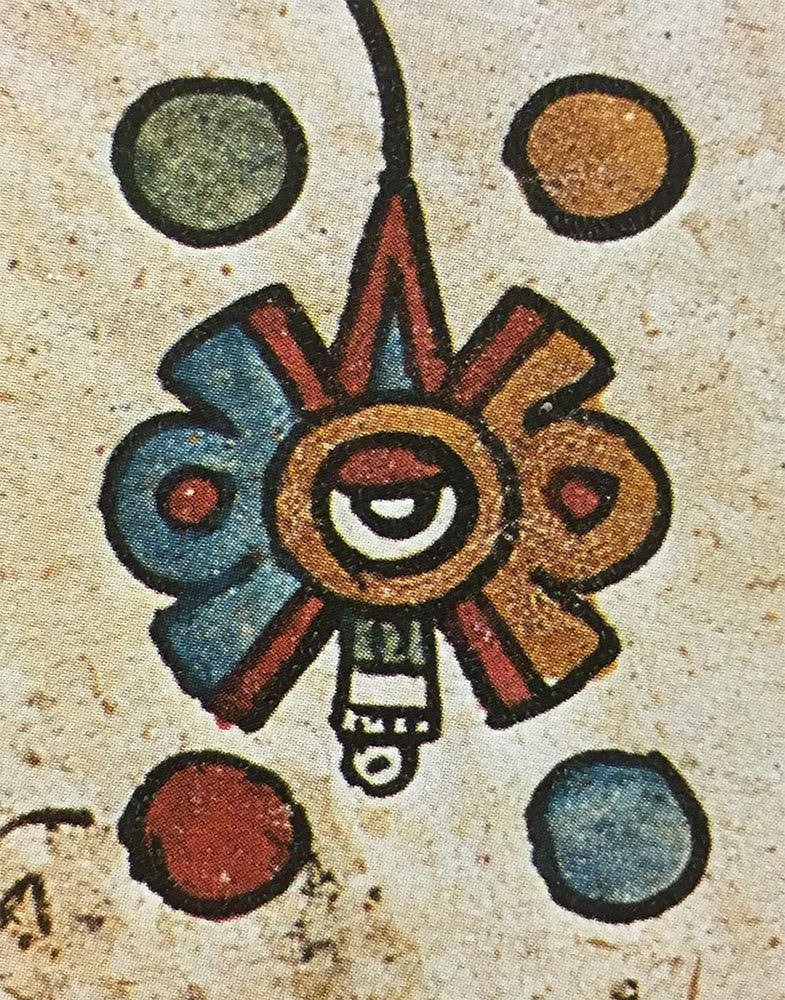
AZTEC CALENDAR STONE
Museum of Anthropology, Mexico City
AZTEC CALENDAR STONE ca. 1500 CE
The Aztec Calendar Stone supposedly commemorates the Emperor Moctezuma II’s temporal association with the ‘Fifth Sun’ and his right to rule. Whatever the dynastic connection to this mythological timeline there might be it is encoded using the knowledge of earth’s celestial mechanics. The overall circular design along with the positioning of the four prominent inverted V-like motifs, each composed of two ‘hook and wing’ motifs (Art Motifs Figs.136,139,&140) suggests the four stations of the solar year, the winter and summer solstices and the spring and autumnal equinoxes. (Art Motifs/The Olde Gods Fig1B) The design of this motif likely symbolizes the dual nature of earth’s tilted polar axis, its relationship to the celestial equator and its alignment to the plane of the ecliptic, the Mayan ‘Hero Twins’. These motifs are resting firmly on the ring that encloses the twenty day names of the Aztec calendar that according to the epigrapher David Stuart are arranged in a counter clockwise direction. (YouTube video; ‘King and Cosmos/An Interpretation of the Aztec Calendar Stone’) Earth not only orbits the sun in a counter clockwise direction but it also rotates counter clockwise. The hooked bases of these motifs are nestled inside a second ring that symbolizes earth’s tilted polar axis. The vertical V-like motif overlaps the outer circle, or the circumference of this ring with some very detailed carving around it appearing to be possibly enumerating the days of the year while also suggesting the plane of the ecliptic. It goes on to pass over some of the deeper carving similar to that around the olin glyph before touching a square symbol ensconced in the outer ring, something the other V-like motifs don’t seem to be doing and likely something to do with the Vernal Equinox. The carved space between these two outer rings may represent space between the earth and the sun, the outer ring symbolizing its orbit around the sun, with the deep carving of the center ring possibly representing the night sky around the pole star, maybe even the Precession of the Equinoxes. The software projected over the center ring shows that this ring is not perfectly circular seemingly emphasizing earth’s slightly elliptical 365-day orbit around the sun. Along with the tangents around the circumference of the inner circle the software’s geometry also aligns with the olin glyph’s alternating square like design. This alignment suggests the idea that earth’s polar axis being the diameter of a sphere is somehow related to the diagonal of a cube and the Square Root of Three. (Art Motifs/Square Root of Three) The face in the center circle is either Moctezuma II or to use a term from the Quiche Maya Popol Vuh, ‘Heart of Sky’, possibly both, that may represent earth’s polar axis in its malevolent manifestation requiring human sacrifice to appease the cause and affects of earth’s axial tilt responsible for plague, famine, war, volcanic eruptions, and or earthquakes. In this instance the use of the olin glyph, which means ‘movement’ may refer to earthquakes and volcanic eruptions but also very likely to earth’s celestial mechanics which the design of this glyph with its tilted horizontal and angled vertical features recalling the Mayan mat symbol symbolizes earth’s rotation and axial tilt, ‘movement’. (Art Motifs Figs.27-35) The triangular motif above the face likely points towards the Vernal Equinox sun stationed equidistant between the solstices. The three circular motifs just below placed on the ‘horizontal’ brow of the face in the center likely represent the Vernal Equinox in the center with the solstices to either side. The two open serpent jaws left and right enclosed in circular motifs that just touch the ring with the day names and placed more or less on the software’s centerline, earth’s horizon, represent the solstices at either end of the solar year. Note the four teeth in each of the serpent’s mouths. These represent the four stations of the sun mentioned above. It is earth’s rotation along with its tilted polar axis acting as the ‘serpent’s tooth’ that ‘hooks’ the sun to the horizon at sunrise and sunset, essentially the ‘Feathered Serpent’. The three spheres around each of the serpent’s necks represent the ‘three suns’ solstice and equinox positions on the horizon. The concentric motifs symbolize earth’s orbit and its rotation with the dot in the center representing the pole star. The motif in the center circle of the olin glyph below likely represents the sun just beginning to cross over earth’s equator on the Vernal Equinox. The alignment of the software’s geometry with the Aztec Calendar Stone and the olin glyph is the only example I know of that not only links the geometry to a glyph’s design but also symbolically links earth’s polar axis to the Square Root of Three. (Art Motifs Fig.114).

Olin Hieroglyph
Wikimedia Commons/Public Domain

